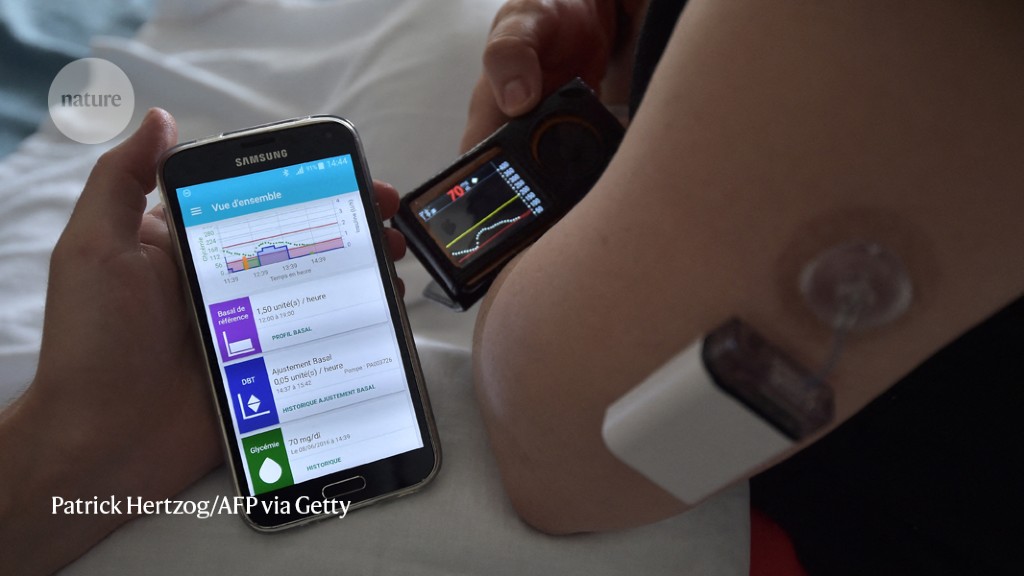

The main point is that the disk controller gets exponentially more complicated as capacity increases and that the problem isnt with space for the nand chips bit that the controller would be too power hungry or expensive to manufacture for disks bigger than around 4tb.





Been there. Reason I didnt is because other people would bear the shit if I did. Im in a much better place at the moment but I felt exactly the way ypu do about the world.
There is a fuckload of propaganda, and a lot of it is meant to make you lose hope at ever seeing the system change. That makes the opinion that things can and might improve and you are going to be a part of it, no matter how small the most radical thing of all.
Genuinely what helped me through it was volunteering. Everything is shit wall to wall BUT this one tiny thing is better than it was because of me. Its a sustaining feeling for sure.
Keep hanging in there for the ones you love, and the ones that love you.